
Facebook // Amazing Places to Travel
Ever wondered which are the richest and poorest European countries? Well, Gross Domestic Product per capita is the best way to gauge a nation’s prosperity. While it’s not the average wage, GDP per capita tells us how poor or wealthy a nation is. So here are Europe’s richest to poorest countries in descending order… and trust us when we say there are some big surprises in there!
#40. Monaco — GDP per Capita: $240,862
Remember Canto Bight, the casino planet that Finn and Rose visited in Star Wars: The Last Jedi? Well, Monaco is the Canto Bight of Europe. Many of Monaco’s residents are billionaires (it’s where all the Formula One drivers live), own huge mansions, and park their multi-million-dollar super yachts in the marinas.

The sovereign city microstate’s wealth is divided between its tiny population of 39,000, who pay zero income tax, making Monaco not only the richest country in Europe but also the world.
#39. Liechtenstein — GDP per Capita: $187,267
Located in the Alps between Austria and Switzerland, Liechtenstein might only be the same as Washington D.C., but it has the second-highest GDP per person in Europe… and the world! This is due to its low population of 39,000 highly educated, highly-skilled inhabitants working in banking, the financial sector, pharmaceuticals, and medical technology, coupled with low taxes…

Instagram // @shetakesontheglobe
Liechtenstein is Europe’s fourth-smallest state, and the smaller the country, the higher the GDP per capita. Liechtenstein is also famed for its banking secrecy.
#38. Luxembourg — GDP per Capita: $128,259
Luxembourg doesn’t just have the third-highest gross domestic product per capita of any European country; it’s also third in the world. Nestled between Belgium, France, and Germany, this tiny enclave is one of the world’s leading financial centers.

Its wealth is remarkable, especially considering its population of just 650,000 people. Yes, folks, Luxembourg is home to numerous international banks, investment funds, and insurance companies.
#37. Switzerland — GDP per Capita: $103,684
Switzerland used to be famous for chocolate, holey cheese, fondue, and cuckoo clocks. After inheriting significant wealth from World War II, the beautiful Alpine country evolved into a global financial hub. It is now renowned for industries like banking, asset management, insurance, research and development, medical fields such as pharmaceuticals and biotechnology, and high-precision exports like luxury watches.

Instagram // @beautifullpllaces
Switzerland’s 8.85 million citizens have a wealth of $100,000 a year and are paid in Swiss Francs; one of the strongest currencies.
#36. Ireland — GDP per Capita: $103,685
Surprisingly, Ireland has Europe’s fifth-highest GDP per capita. The Emerald Isle is not only home to leprechauns, literature, folk music, whiskey, and Guinness, but its low corporate tax rate has attracted big tech, pharma, and finance multinationals. Google, Apple, Facebook, and Microsoft have all established their European headquarters in Ireland.
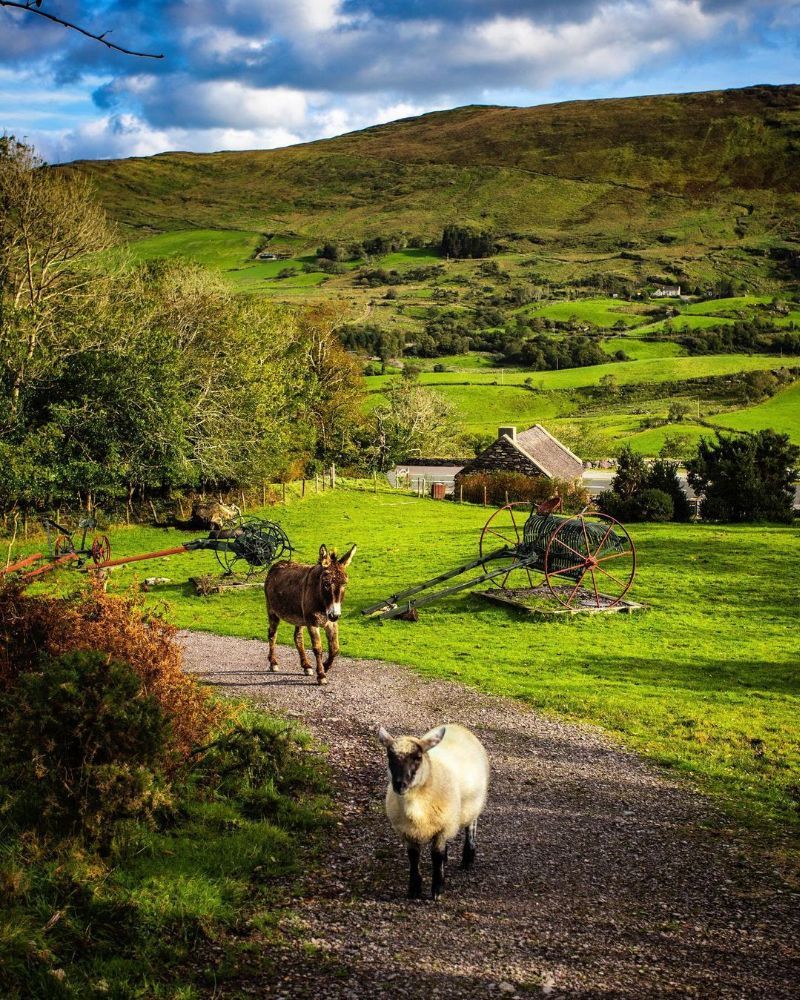
After the UK controversially left Europe in the Brexit vote, Ireland has gone from strength to strength, making the average red-haired, singing, dancing, poetry-spouting inhabitant equal to over a hundred grand a year!
#35. The Isle of Man — GDP per Capita: $94,124
This tiny island may be pronounced “I love man,” but the Isle of Man is a self-governing British Crown Dependency in the Irish Sea between Great Britain and Ireland. The Brits and Irish have long escaped to the island because it’s a tax haven.
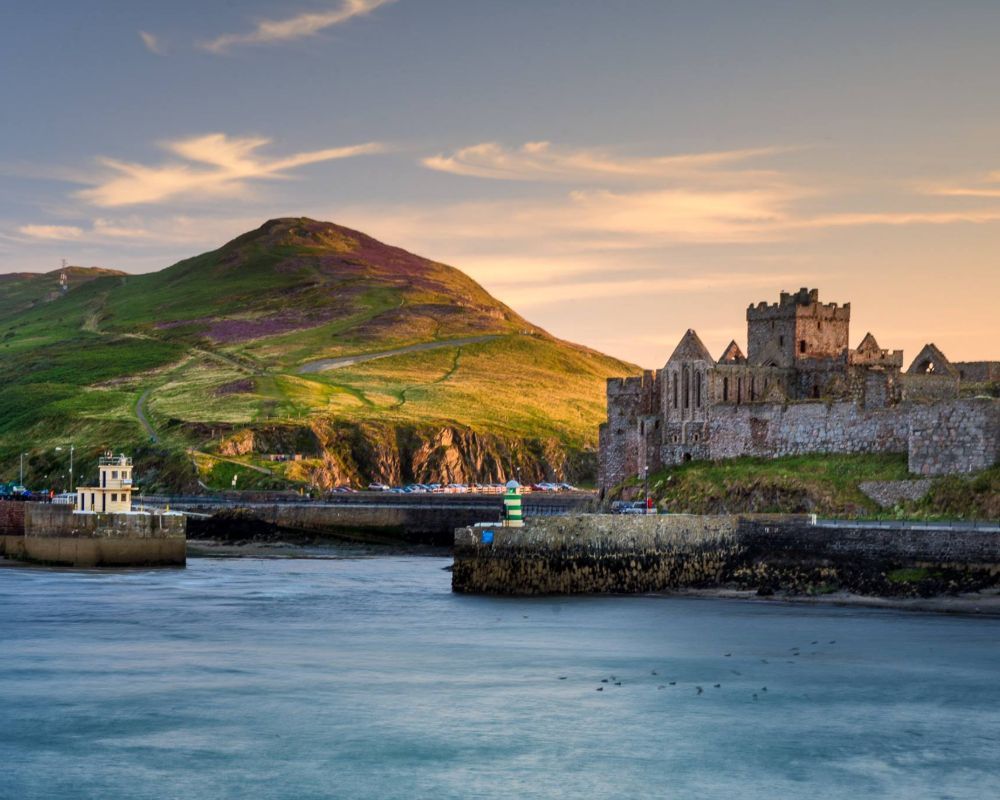
Its population of around 85,000 people is mostly wealthy and work in finance, shipping, aerospace, engineering, e-gaming, or tourism. Thousands of tourists also flock there every summer to see the famous TT motorbike race.
#34. Norway — GDP per Capita: $90,434
No way! Norway is sixth on our list, with a gross domestic product per person of over $90,000. The Scandinavian country is famous for Vikings, fjords, and six-foot beautiful blondes. Like most of Scandinavia, Norway is renowned for its high taxes, strong economy, and high standard of living.
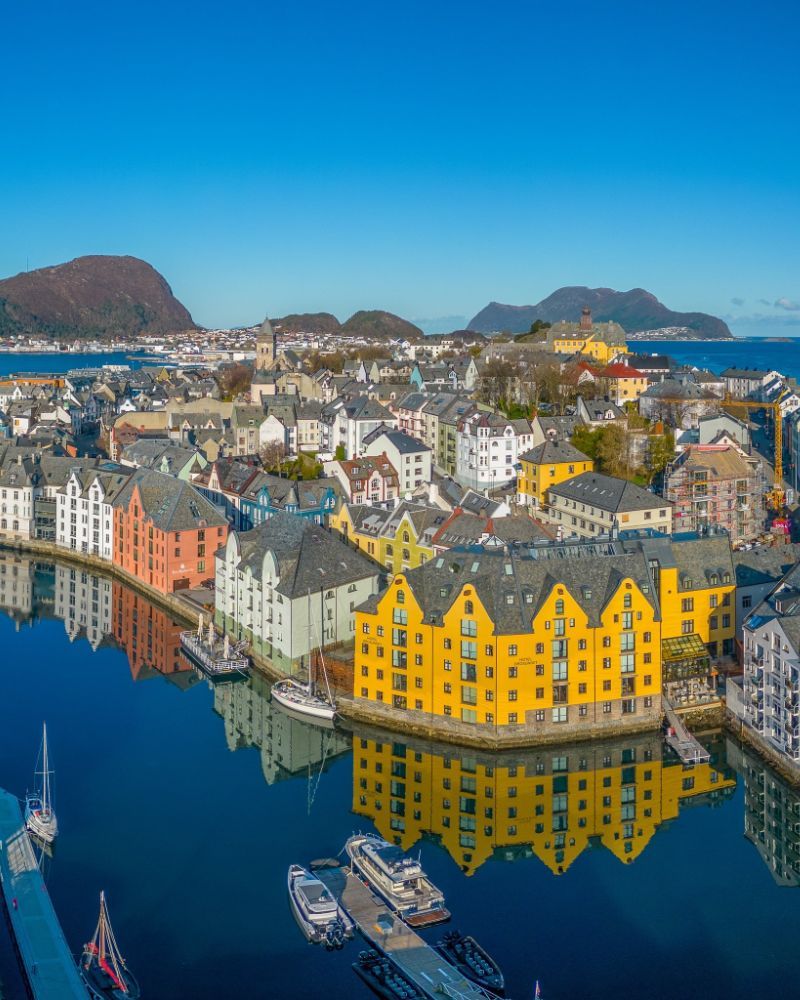
Facebook // Spectacular Norway
There’s also very little crime or corruption, so you can happily leave your laptop on the café table while you take a pause from eating your delicious Norwegian breakfast of pickled herring. Yum!
#33. Iceland — GDP per Capita: $78,811
The Land of Fire and Ice is famous for its Viking sagas and volcanoes. The freezing island nation’s major sources of income are fishing, renewable geothermal and hydrothermal energy, and aluminum production for its 393,000 hardy inhabitants.

Facebook // Beauty Of Planet Earth
But in recent years, millions of tourists have flocked to the country every year to see lava flowing from the ground or bathe in the hot spring waters heated by volcanoes. Icelanders have a high standard of living, but the cost of living is high.
#32. Denmark — GDP per Capita: $67,967
Denmark might have just missed out on the top seven, but they don’t care. Denmark has great tourism and service sectors. Its inhabitants are the happiest people in the world thanks to the small country’s emphasis on a healthy work-life balance, meaning your boss will never email you on the weekend!
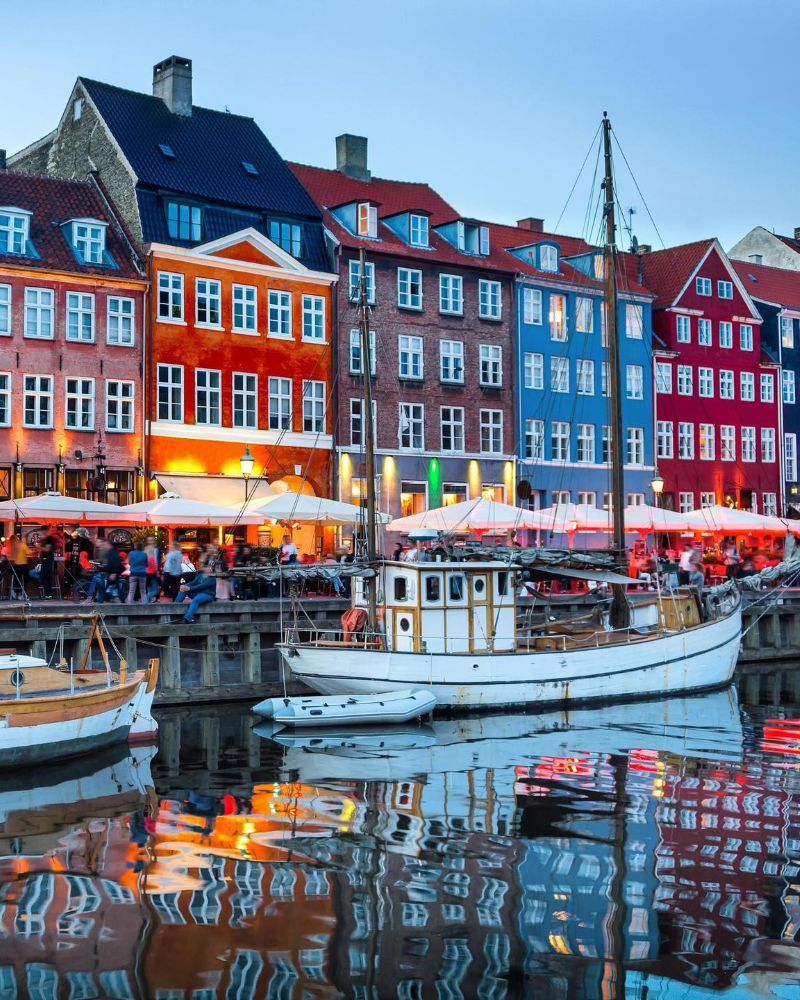
The Danish have a word, Hygge to describe spending a comfortable, relaxed life, enjoying the good things in life with friends and family, often snuggled up by a roaring fire.
#31. Netherlands — GDP per Capita: $67,984
The Netherlands is famous for beer, tulips, Van Gogh, total football, canals, and that boy who put his finger in a dike. The Netherlands relies on tourism, finance, exports, North Sea oil and gas, and Rotterdam is Europe’s busiest port.
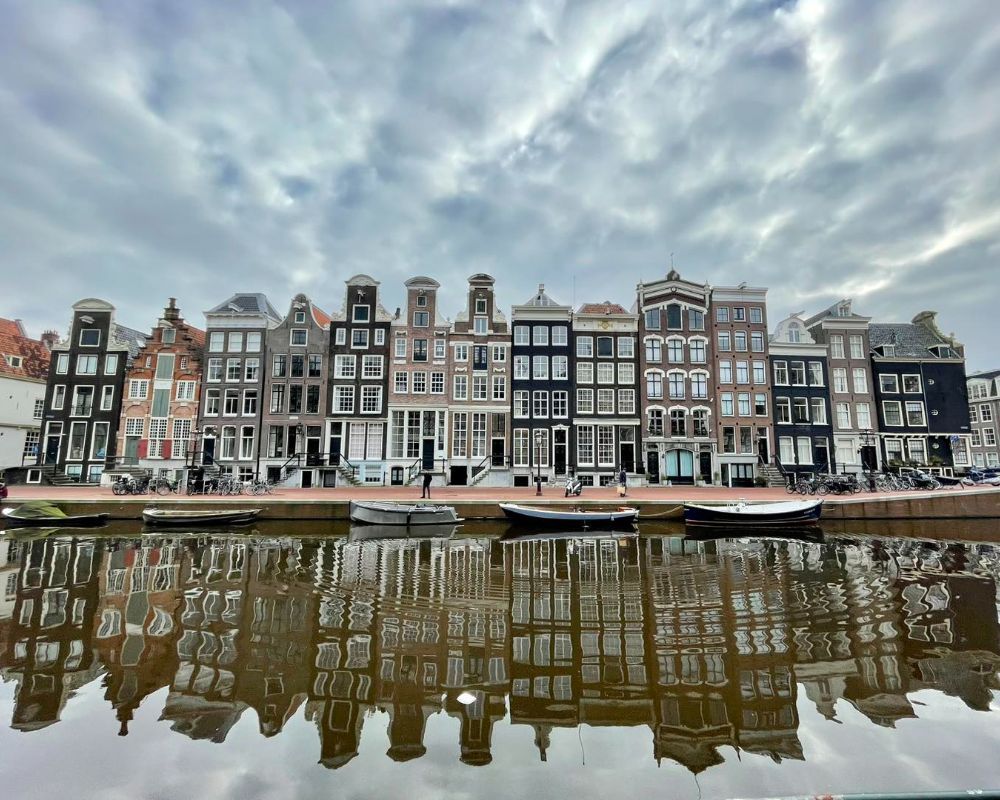
But did you know the Dutch people have one of the highest standards of life in Europe? That’s because the Netherlanders are happy to pay some of the highest taxes in the world. The upshot is that everything works.
#30. San Marino — GDP per Capita: $59,841
San Marino is a tiny country surrounded by Italy. Their soccer team might only be the 210th best in the world, but their GDP fares much better. In short, the oldest surviving republic in the world works because it’s so small.
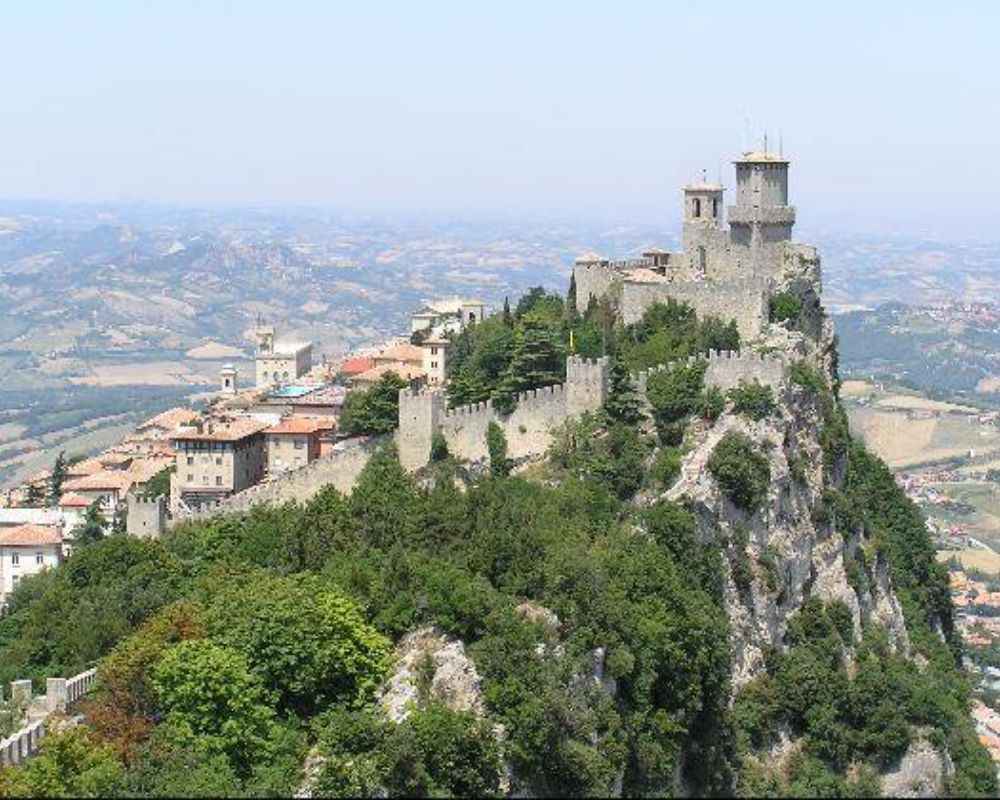
Coming in a little under $60,000, the country’s 33,000 inhabitants enjoy a free-market economy. Manufacturing and financial sectors make up more than half of the country’s GDP. Much of the rest of their economy comes from tourism.
#29. Austria — GDP per Capita: $58,669
Once upon a time, The Habsburgs and the Austro-Hungarian Empire ruled half of Europe. But nowadays, Austria is a minnow on the world stage. That said, Vienna is still a major banking center, and the country has a strong economy and industrial, machinery, pharmaceutical, and R&D sectors.
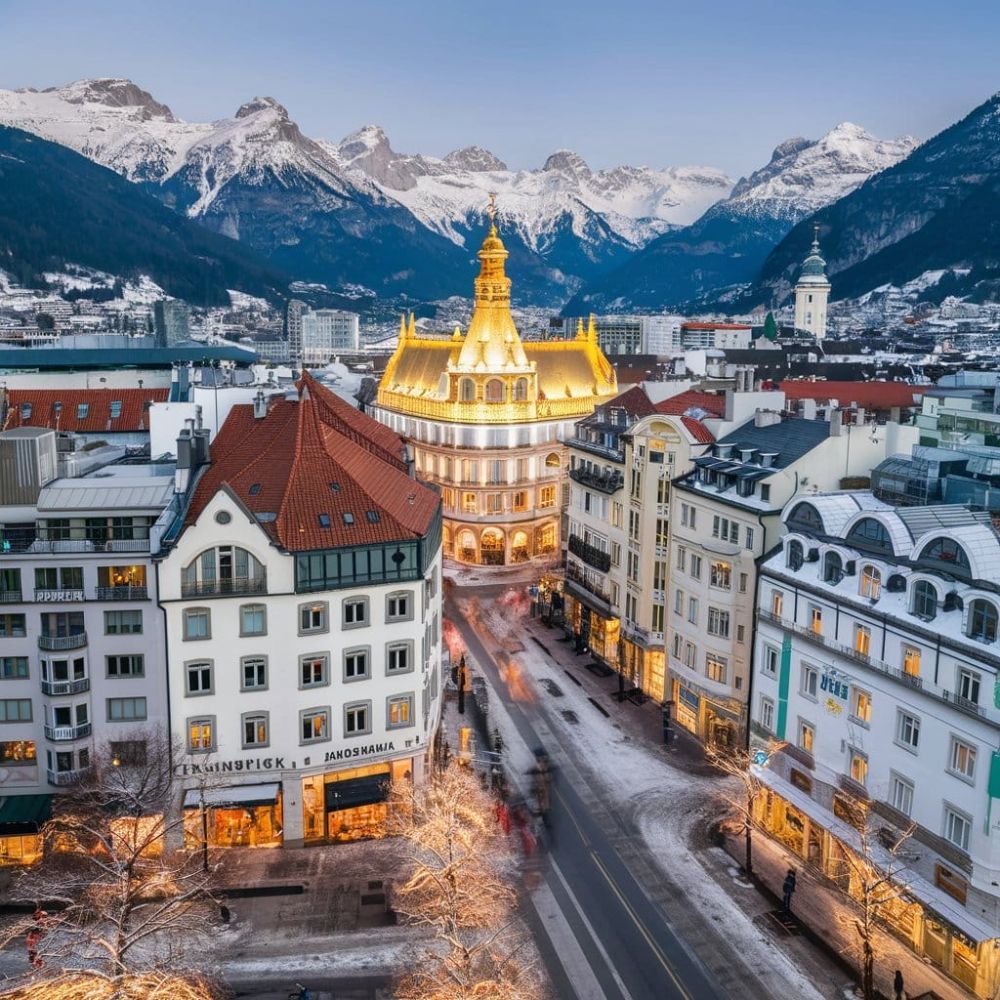
Austria also welcomes millions of tourists to Vienna for opera, coffee, and cake. When it comes to wealth, Austria surpasses its neighbors, Czechia and Croatia, though neighboring Germany isn’t far behind.
#28. Sweden — GDP per Capita: $57,213
Sweden’s secret is simple. Sell more than you buy. The Scandinavian nation is one of Europe’s most export-dependent countries, with exports accounting for about half of its economic production in 2023. With a population under 11 million, the country boasts a high standard of living, extensive welfare benefits, and an incredibly well-educated labor force.
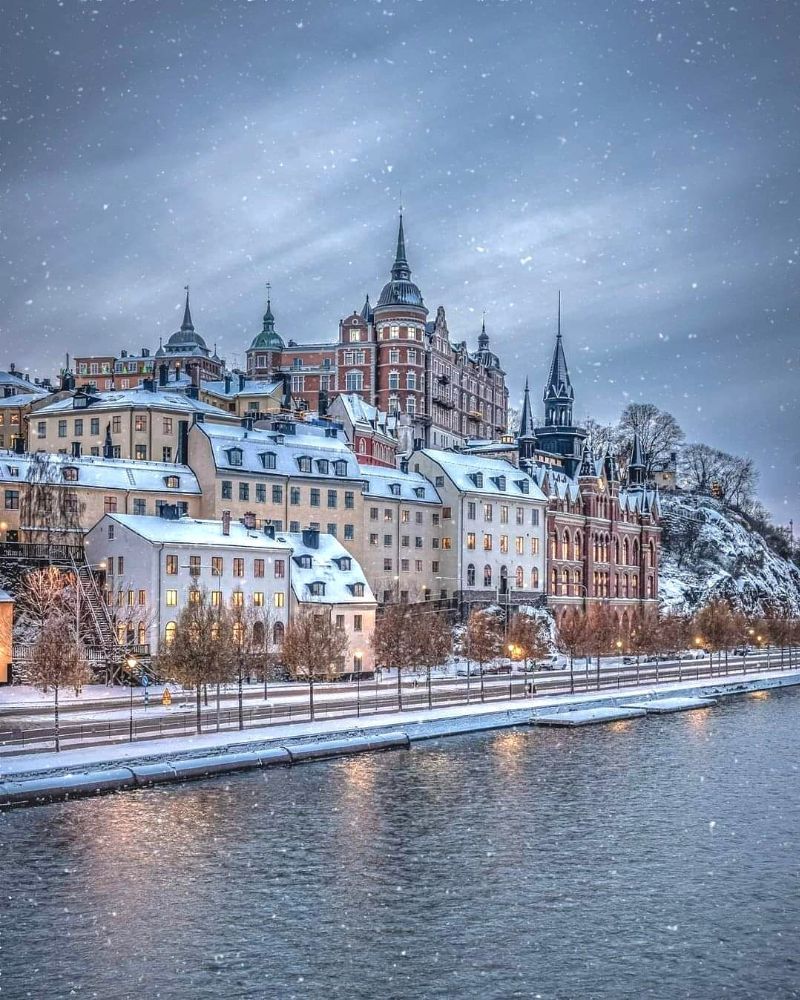
Swedish wealth per capita may average $57,213, and they may have exceptionally high living standards, but the Swedes pay 50% income tax!
#27. Greenland — GDP per Capita: $57,116
Shockingly, Greenland has a strong gross domestic product per capita. But that’s because only four people live there! Only kidding. Greenland’s population of 56,865 relies heavily on the Danish government, which provides about half of its revenues in the form of an annual block grant from Copenhagen.
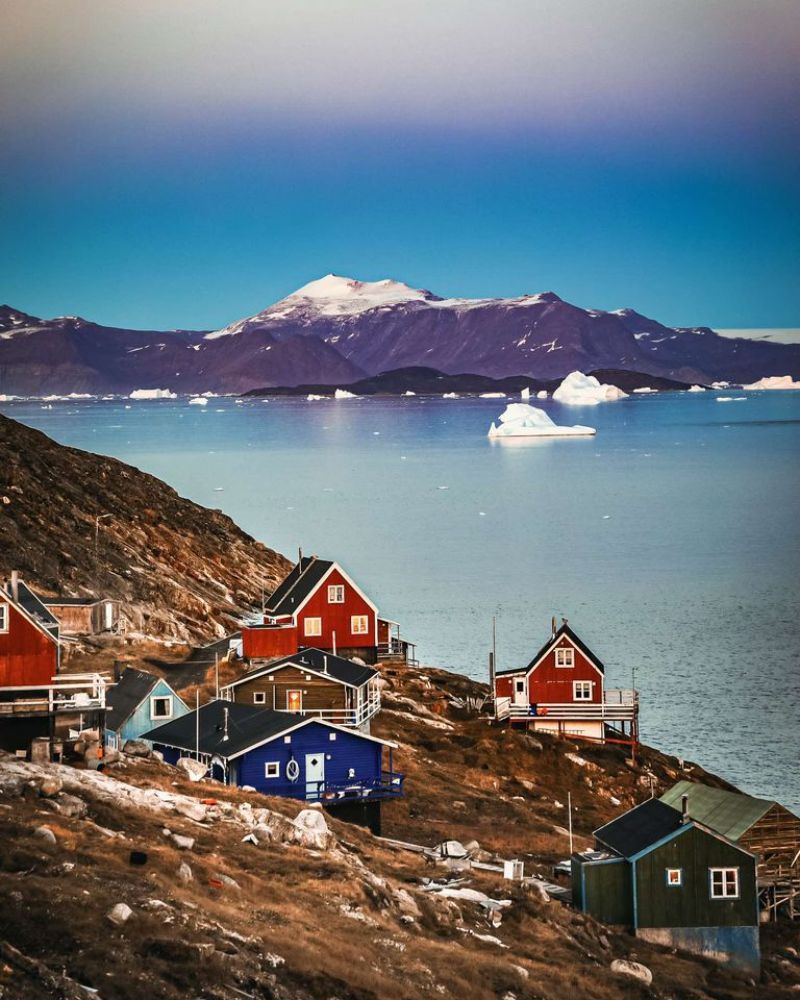
The rest of the economy is from, you guessed it… fishing. Fishing is Greenland’s largest industry and biggest source of income, accounting for approximately 85% of total exports, making the average Greenlander worth 57 grand!
#26. Belgium — GDP per Capita: $56,129
While you may think Belgium’s wealth came from beer, chocolate, waffles, mussels, and French fries, its economy used to be built on coal, iron, and steel. However, the decline of the mining industry meant Belgium had to reinvent itself. So, now, the small country bordering France, Germany, and the Netherlands makes its money from the tourism and service sectors.
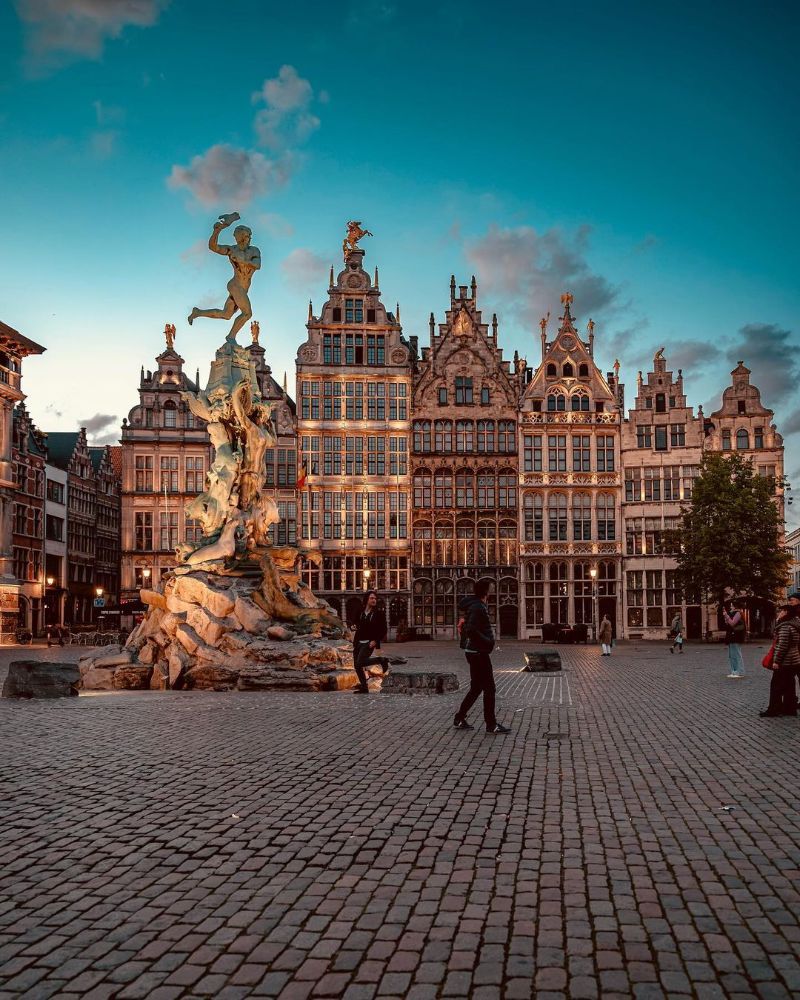
Facebook // Travel, Art and Architecture
The rest of the Belgians seem to work in the pharmaceutical and automotive sectors, bringing home slightly more bacon than their neighbors, the Germans.
#25. Germany — GDP per Capita: $55,521
While its economy isn’t as strong as it used to be, Germany has always been the manufacturing powerhouse of Europe. Its manufacturing industry makes up almost 20% of GDP, with such giants as BMW, Mercedes, Volkswagen, Audi, Bayer, and BASF, the car-making and chemical/pharmaceutical industries have powered Germany’s high export quota for decades.

Facebook // Germany – Deutschland
Germany’s information technology sector has also grown rapidly in recent years, and its policy of welfare capitalism has helped the average German to be worth $55,000 a year.
#24. Finland — GDP per Capita: $54,774
Finland is known for Santa Claus, reindeer, Northern Lights, Sami peoples, and rally drivers racing through its forests, lakes, and unspoiled wilderness. Yet, the highly industrialized, highly taxed Scandinavian country’s economy is thoroughly robust due to its technology sector, machinery, equipment, timber, and energy production (nuclear, biomass, hydro, and wind power) production industries.

Facebook // Traveling the world to see inspiration
If you can hack the cold, the Finnish people are some of the happiest people in the world, thanks to spending 30% of their GDP on a strong social security system.
#23. United Kingdom — GDP per Capita: $52,423
The British Empire once ruled half the world, but nowadays, the former powerhouse is the sixth-largest economy. However, after 52% of Brits voted to leave the European Union in 2016, the UK faced economic challenges, reportedly losing $600 million per week.
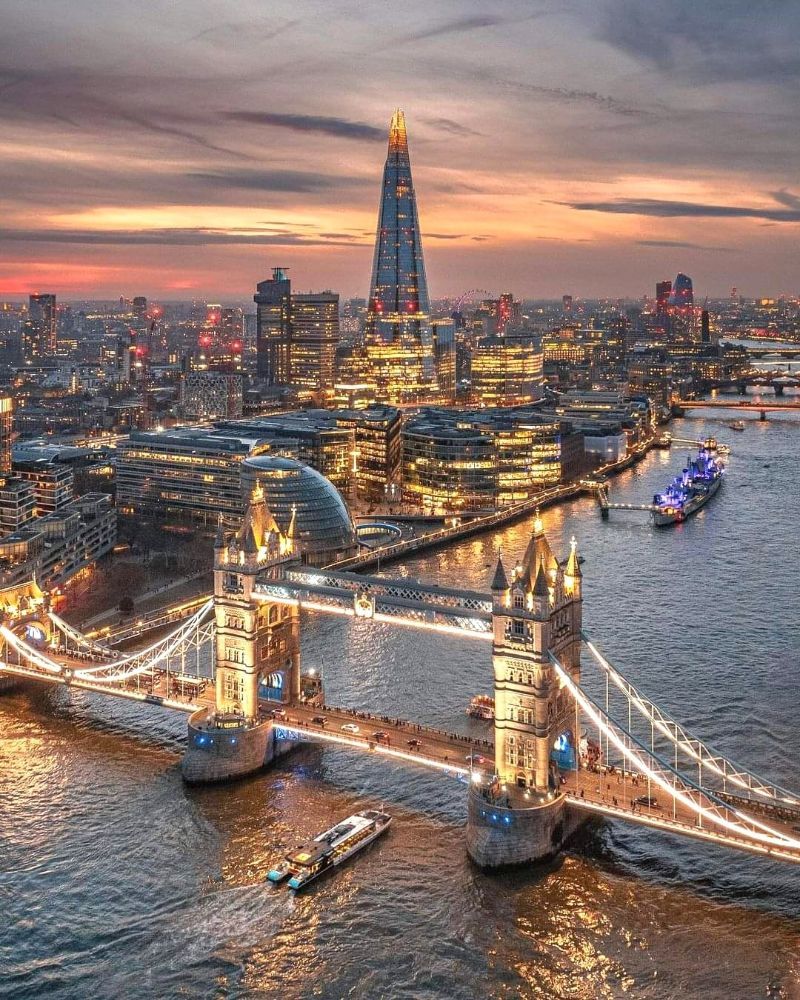
Facebook // The Wonderful World
England, Scotland, Wales, and Northern Ireland’s workforce now ranks 23rd on the GDP per capita list. Britain’s finance, retail, and entertainment industries account for 80% of the UK’s economic activity.
#22. France — GDP per Capita: $48,012
France. Land of The Eiffel Tower, berets, baguettes, strings of onions hanging over Breton shirts, and artists riding rusty old bicycles with baskets on the front. France is the seventh-largest economy in the world. Its economy relies heavily on “le tourisme,” so it’s no coincidence that the country is the most visited in the world.
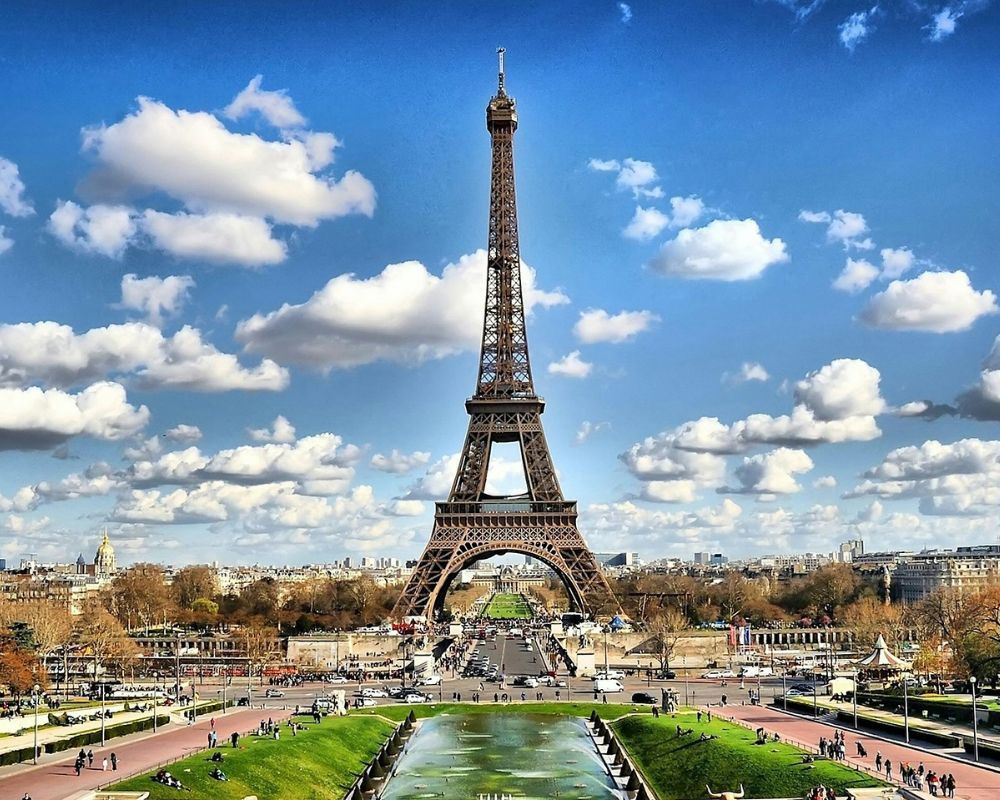
Facebook // Paris France Official – Eiffel Tower.
In 2023, over one hundred million tourists visited France. The rest of the money France makes and spends presumably comes from all those delicious pastries!
#21. Andorra — GDP per Capita: $45,279
Andorra is a sovereign landlocked country in the Pyrenees mountains, bordered by France to the north and Spain to the south. The population is only 80,000, which is why it features so highly on this list… even though it doesn’t have much to export. Instead, the tiny country relies on tourism from its many ski resorts.
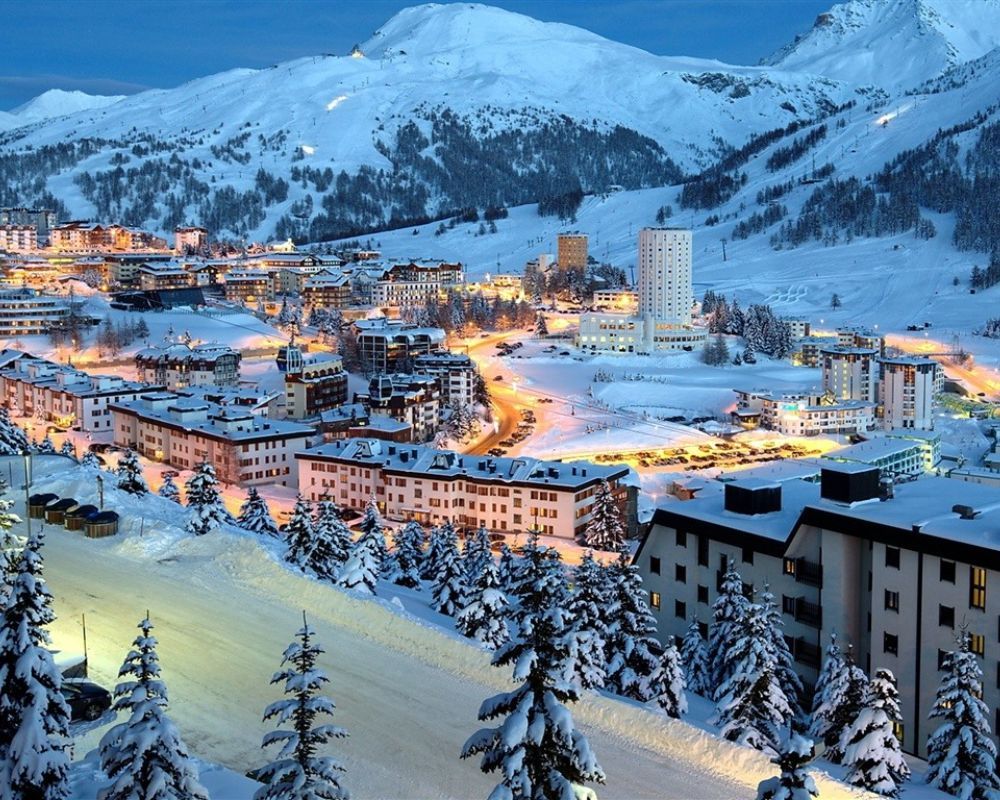
Andorra is also a tax-haven status that encourages duty-free shopping. This strategy helps its citizens enjoy a great quality of life and bring home a healthy payslip.
#20. Malta — GDP per Capita: $44,140
Malta sits in the Mediterranean Sea between Sicily and the North African coast. Steeped in history and culture and dotted with Roman ruins, the archipelago is a gateway between Europe and Africa. As such, its tiny population of 553,000 enjoys two million visitors every year, bringing in most of the country’s income.
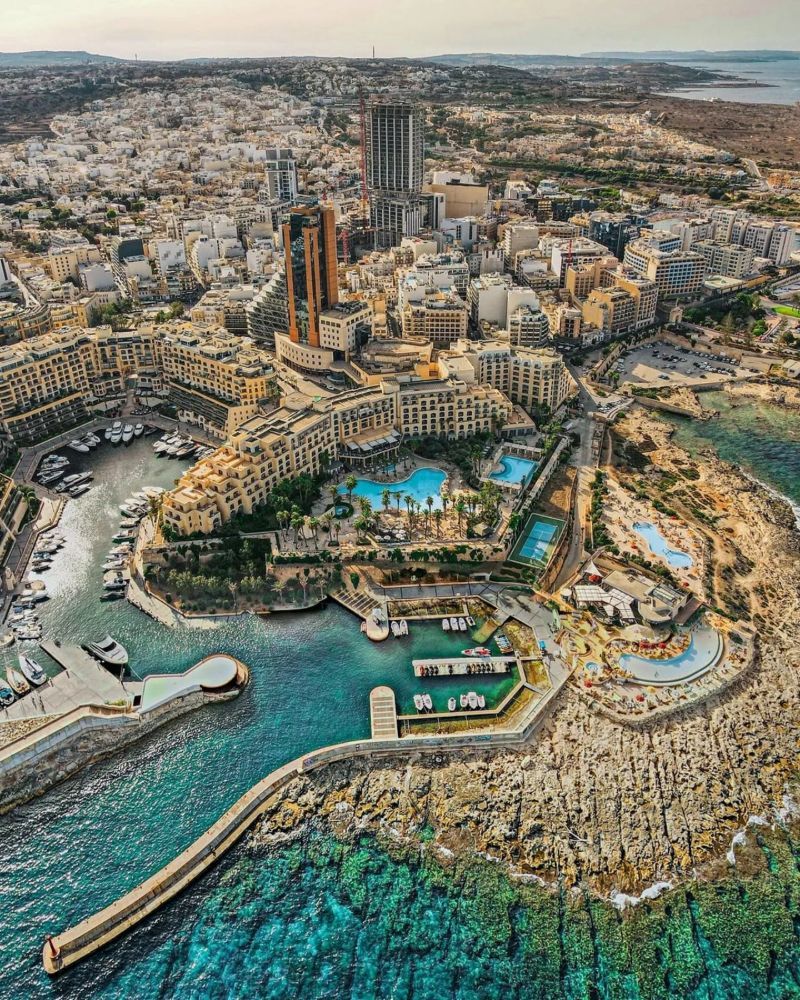
Malta also has low taxes, bringing in wealthy people who spend their money in the country. Recently, it has become a haven for the online gaming industry and Cryptocurrency bros.
#19. Italy — GDP per Capita: $40,287
Italy, land of pizza, pasta, fast cars, fashion, the Romans, and the birthplace of the Renaissance under folks like Leonardo da Vinci and Michelangelo. But for a country so rich in culture, Italy is rather low down the list in terms of earnings compared to its peers.
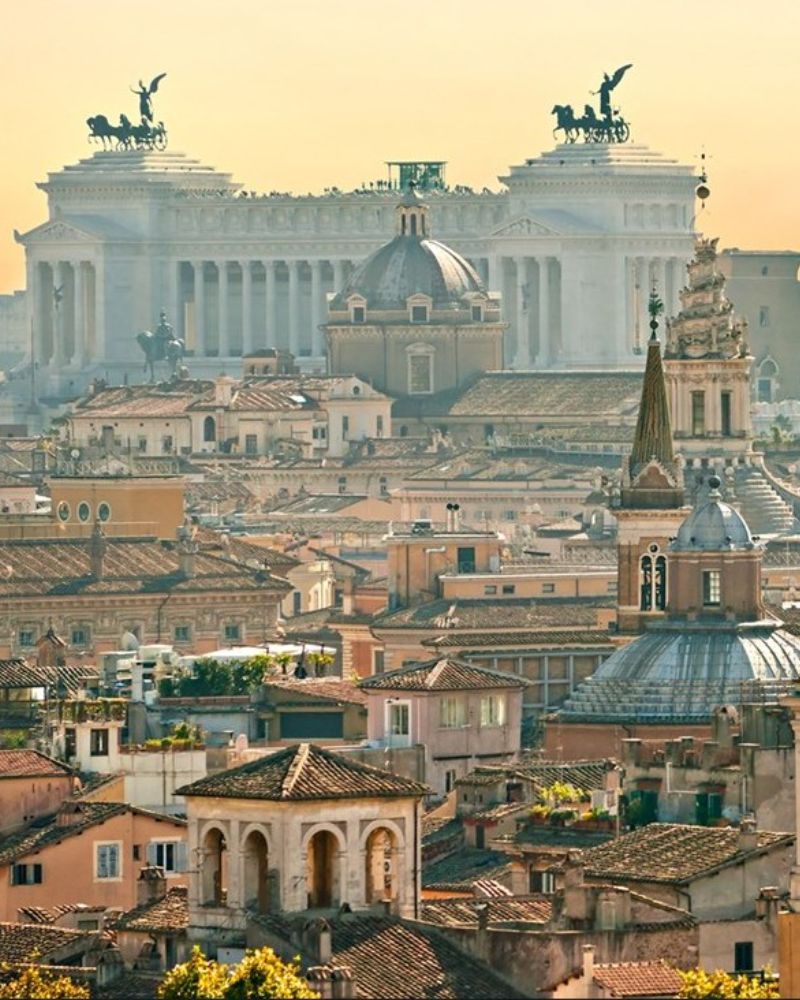
Facebook // ROME, Italy – The eternal City
Italy experiences a huge wealth gap, and many areas, especially in the south, are incredibly poor. This is due to the country being decimated by WWII, low productivity, and high debt, taking the average salary down.
#18. Spain — GDP per Capita: $35,789
Spain is also famed for its food and drink — Rioja, sangria, tapas, and seafood paella. The fiery Spanish love to drink and dance. But did you know that most of Spain is an uninhabitable desert? This may explain why Spain’s average GDP per capita is just $35,000.
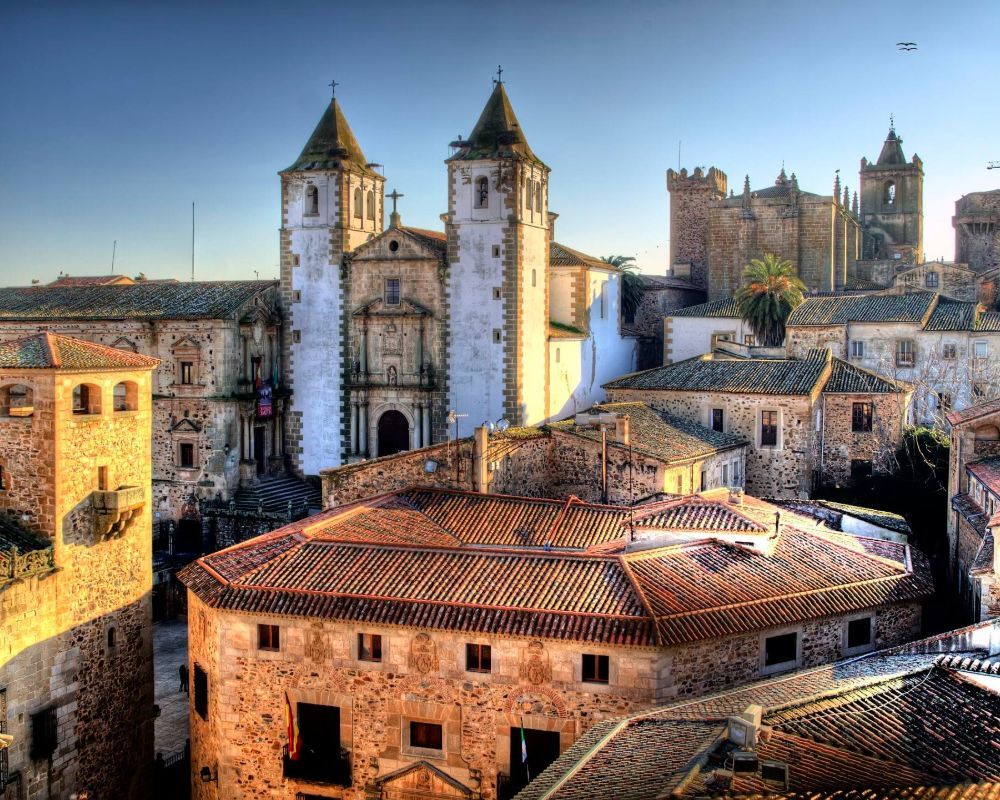
Compare that to the United States’ average of $86,601, and the Spanish are worth much less per person. But they’re a million times happier!
#17. Cyprus — GDP per Capita: $34,701
Cyprus is an island nation in the Eastern Mediterranean. While some people still farm sheep, and the island nation only contributes 0.2% of the European Union’s total GDP, both Greek and Turkish Cypriots are among the most prosperous people in the Med.
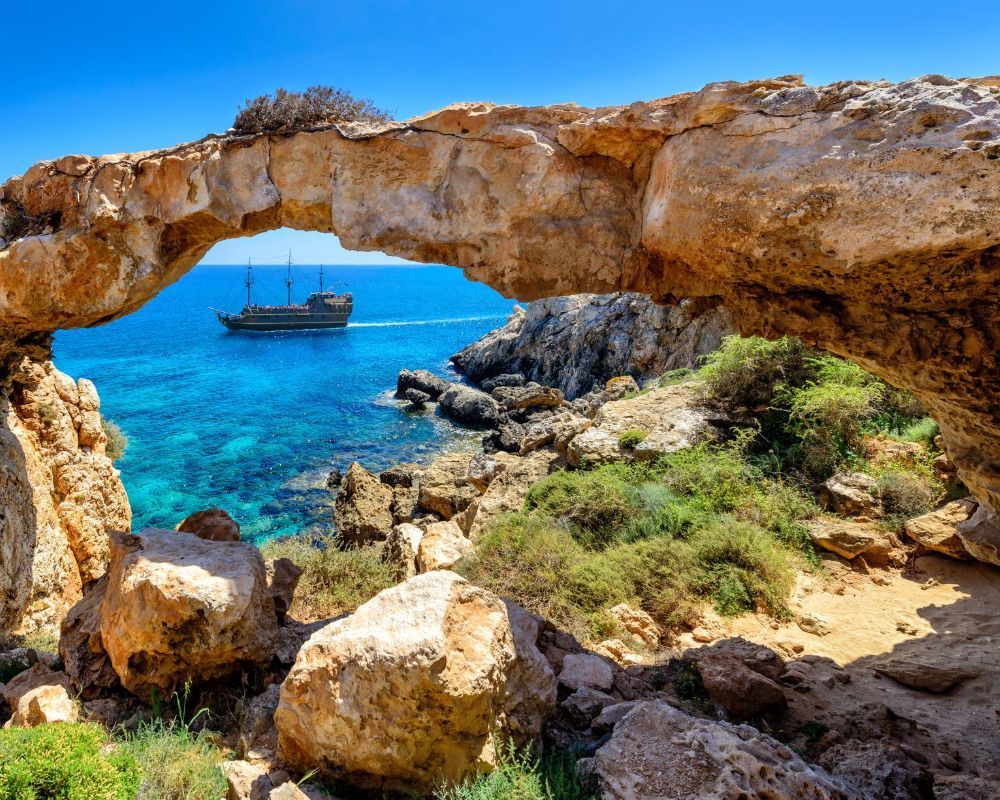
The majority of the Cypriot’s wealth comes from tourism and shipping. The island is the gateway between Europe and the Middle East, and it boasts pristine white-sanded beaches and ancient archaeological sites.
#16. Slovenia — GDP per Capita: $34,701
Sitting next to northeast Italy, gorgeous, little-known Slovenia is the highest-ranked ex-Yugoslavian country on our list. Home to charming medieval castles, snow-capped mountains, and amazing food and drink, the country welcomes millions of tourists, especially to its many ski resorts in the Julian Alps.
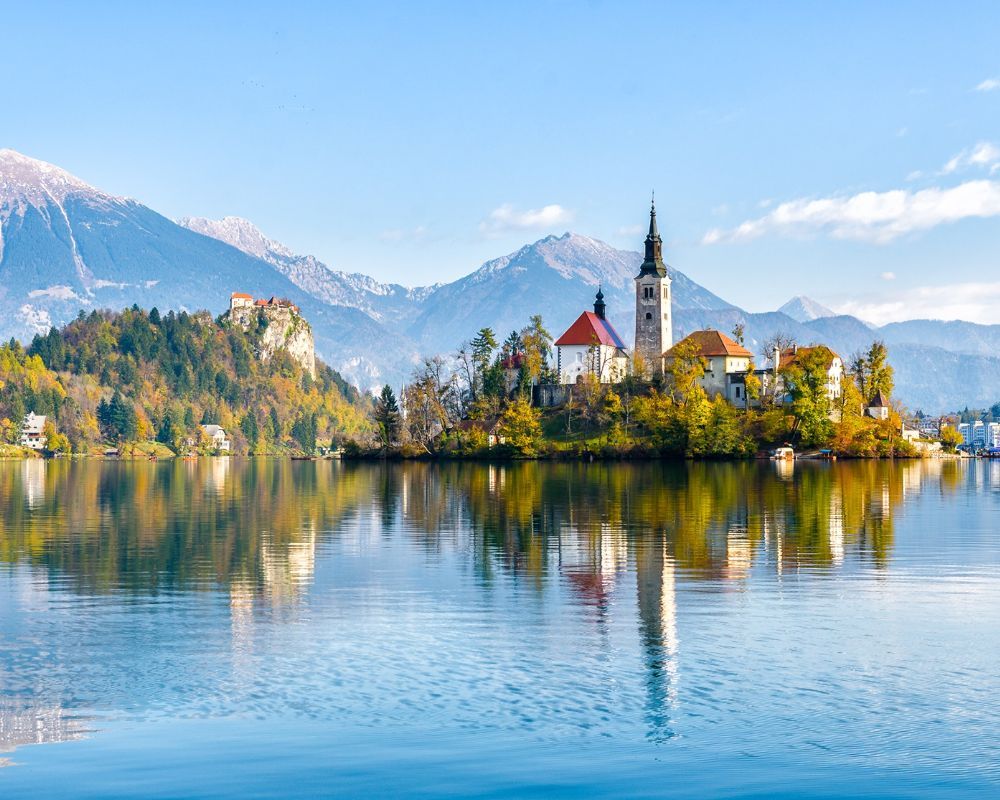
Slovenia also has a well-established export-driven economy, meaning those who don’t work in the services sector toil in the country’s machinery, electronics, and car production manufacturing sectors, lending to an average GDP per capita of over $30,000.
#15. Estonia — GDP per Capita: $31,531
Coming in at number 15, Estonia typifies our Baltic countries. European tourists love a weekend in Tallinn, and tourism is a major income source for many Estonians. However, in recent years, the former Soviet country has attracted significant foreign direct investment in the technology, finance, and telecommunications sectors.
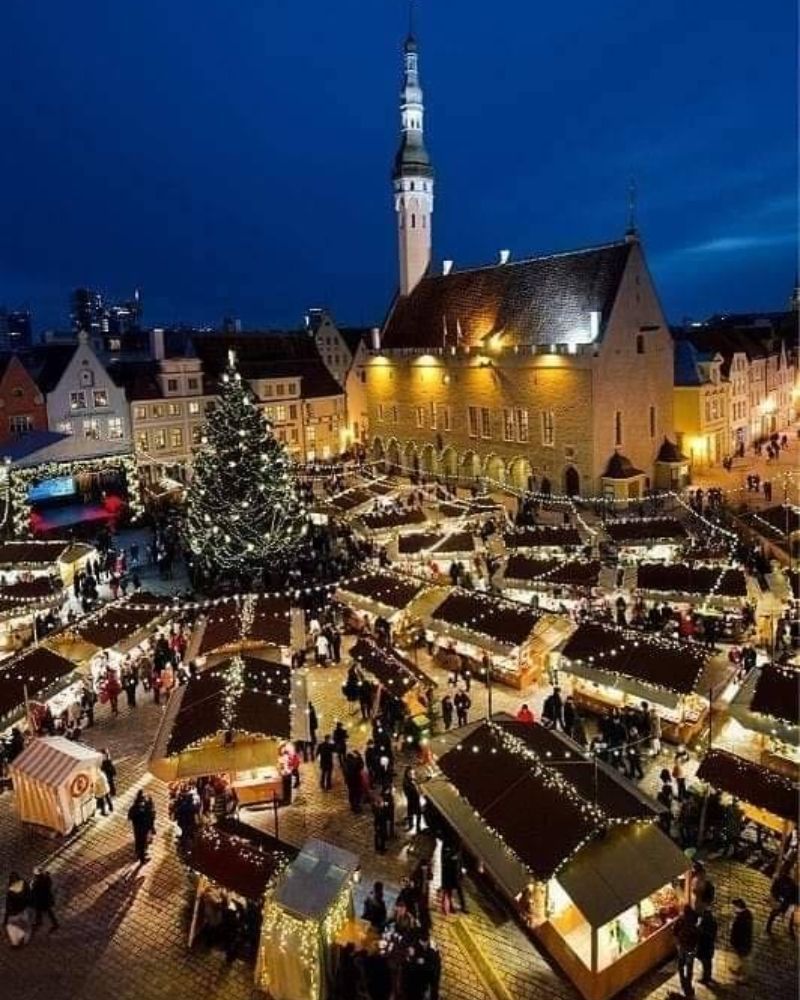
Facebook // Beautiful Places In The World
Estonia is small, efficient, and tech-savvy, and digital nomads flock to the country, helping the Estonian GDP per person soar to over $30,000.
#14. Czechia — GDP per Capita: $31,366
Not counting East Germany, Czechia is the second former Eastern Block country on our list. Formerly making up half of Czechoslovakia, the Czech Republic or Czechia’s economy is booming, considering most Czech people grew up with no money.
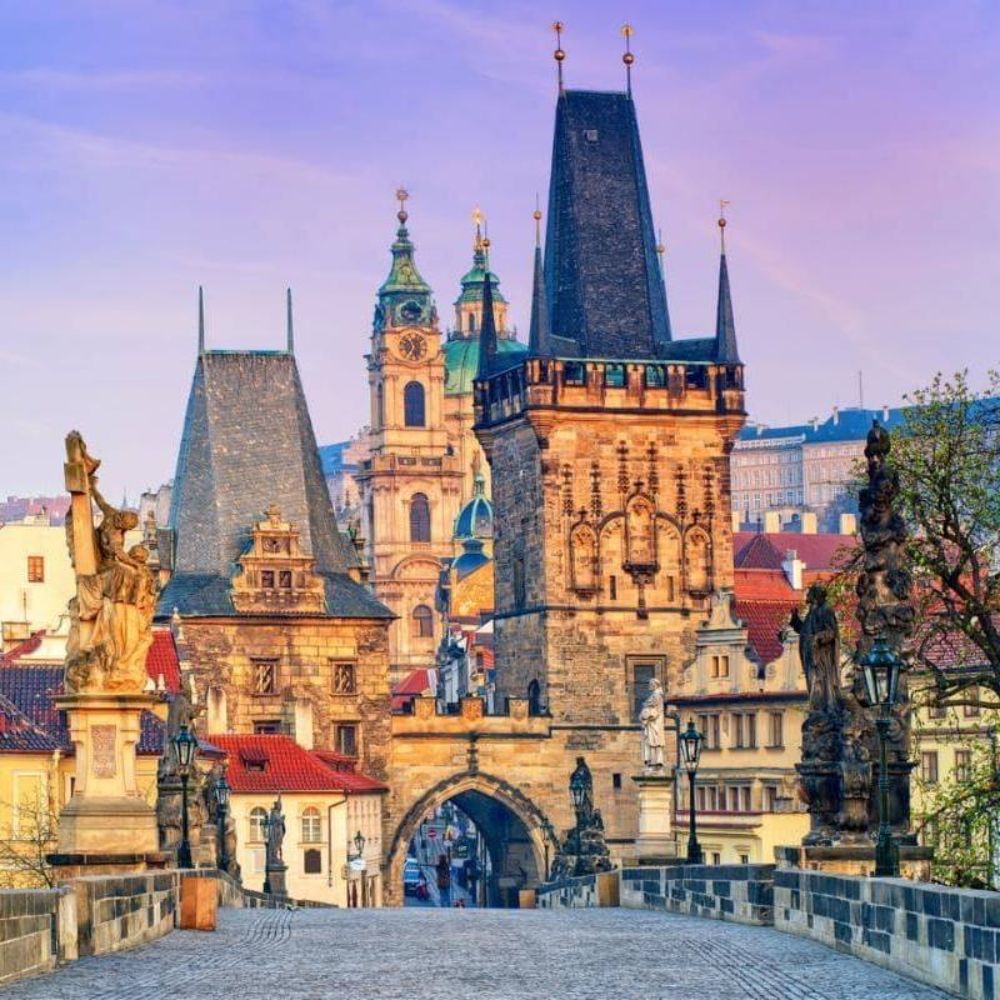
Facebook // Pragueworld – All about Prague
They joined the European Union in 2004, and their manufacturing, tourism, and agricultural economy has steadily risen ever since. Nowadays, the average Czech worker’s paycheck (see what we did there?) is now 43,967 Czech Koruna.
#13. Portugal — GDP per Capita: $29,341
Coming in with a GDP per capita of just under 30 grand a year is the amazing country of Portugal. Millions of people visit Lisbon, Porto, and regions like the Algarve annually and tourism has surged to become a major industry, so much of the population works in the service industry.
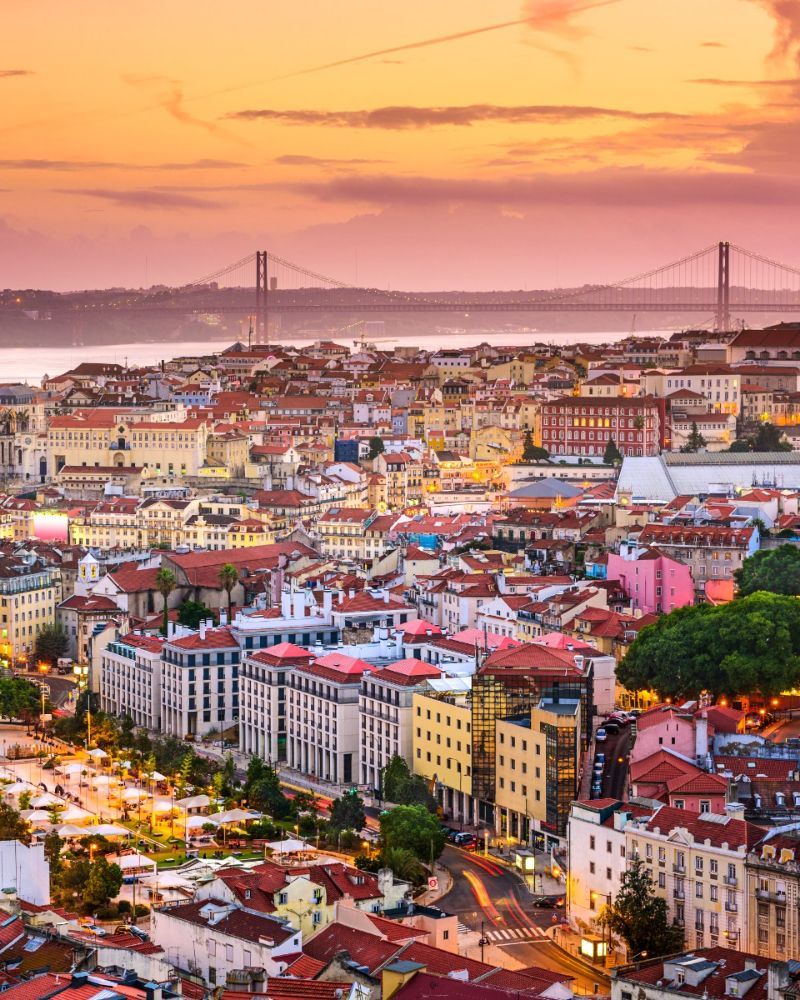
Portugal also produces a lot of olive oil, Port and Madeira wines, and seafood, which explains why ten million soccer-loving Portuguese are so happy!
#12. Greece — GDP per Capita: $24,342
Since we’ve featured Estonia and Slovenia, we’ll skip the similarly wealthy countries of Lithuania at $28,713, Slovakia at $26,290, and Latvia at $24,223. Next comes Greece. Those lucky people who live amongst the ruins of Plato, Aristotle, and Socrates in the birthplace of democracy bring home a surprisingly high GDP per capita of $24,342.

Facebook // The Wonderful World
Those few who don’t work in tourism make wine or olive oil, herd sheep and goats, or are fishermen who eat calamari and souvlaki. Lucky people!
#11. Poland — GDP per Capita: $23,563
Coming behind Greece is Poland. Bordering Germany and Russia, the Polish word for Poland is Polska, which means Land of the Field. But Poland is changing rapidly from being an agricultural nation. Its 36 million people boast the sixth-largest economy in the European Union.
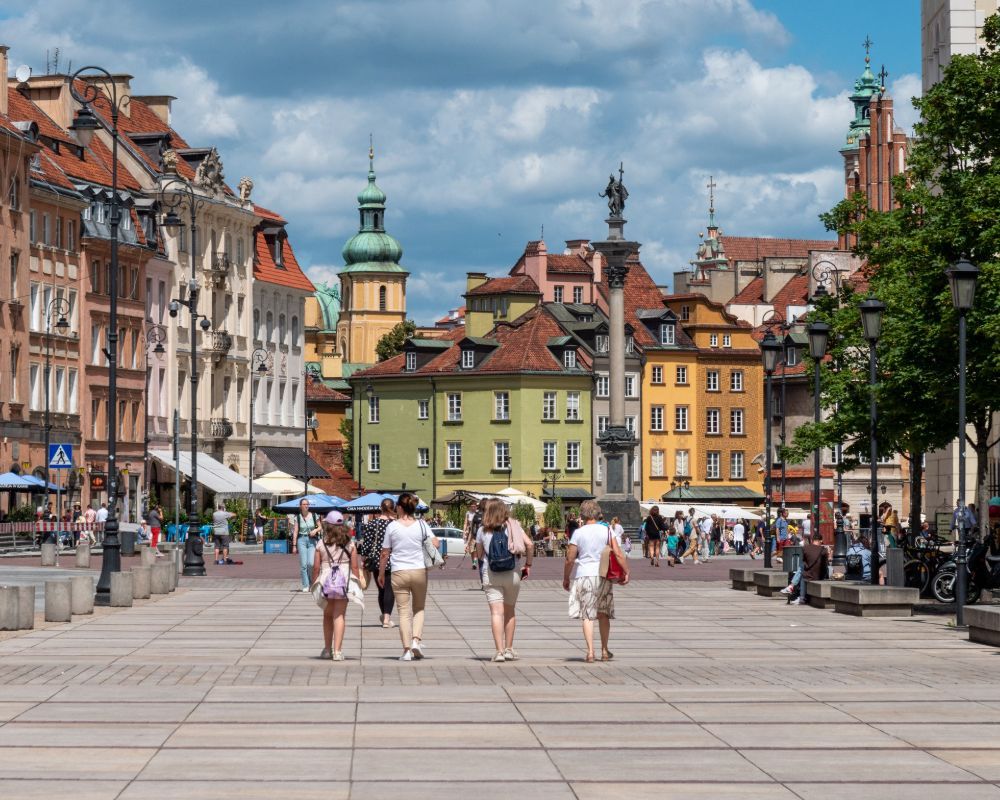
Wages haven’t caught up yet, but Poland is one of the fastest-growing economies and is projected to be one of the world’s strongest by 2050. Croatia also has a similar GDP per capita at $23,380.
#10. Romania — GDP per Capita: $20,089
Romania has a reputation for being poor and slightly backward, but its GDP per capita is perhaps higher than you might think, coming in at $20,089. The country’s economic development and integration into the European economy have gone well, and Romanians are slowly getting wealthier, and living standards are improving.
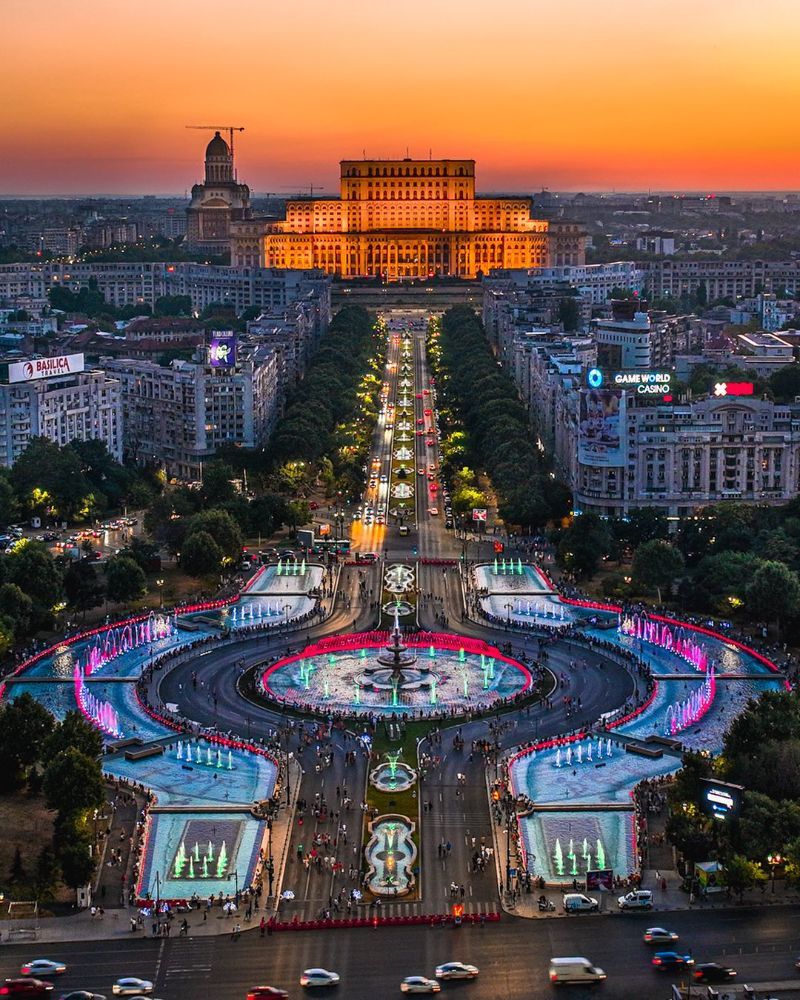
Facebook // Go Visit Bucharest
Forecasts predict that the figure will be $27,102 by 2030. Romania’s neighbor to the south, Bulgaria, is even poorer, with a GDP of $17,069.
#9. Turkey — GDP per Capita: $15,666
Next comes Turkey. Politically, Turkey is an incredibly strong country. With a wealth of over one trillion dollars, the culture-rich Eastern Mediterranean country is the 17th richest economy in the world. However, Turkey is Europe’s second-most populous country, with 85 million people.
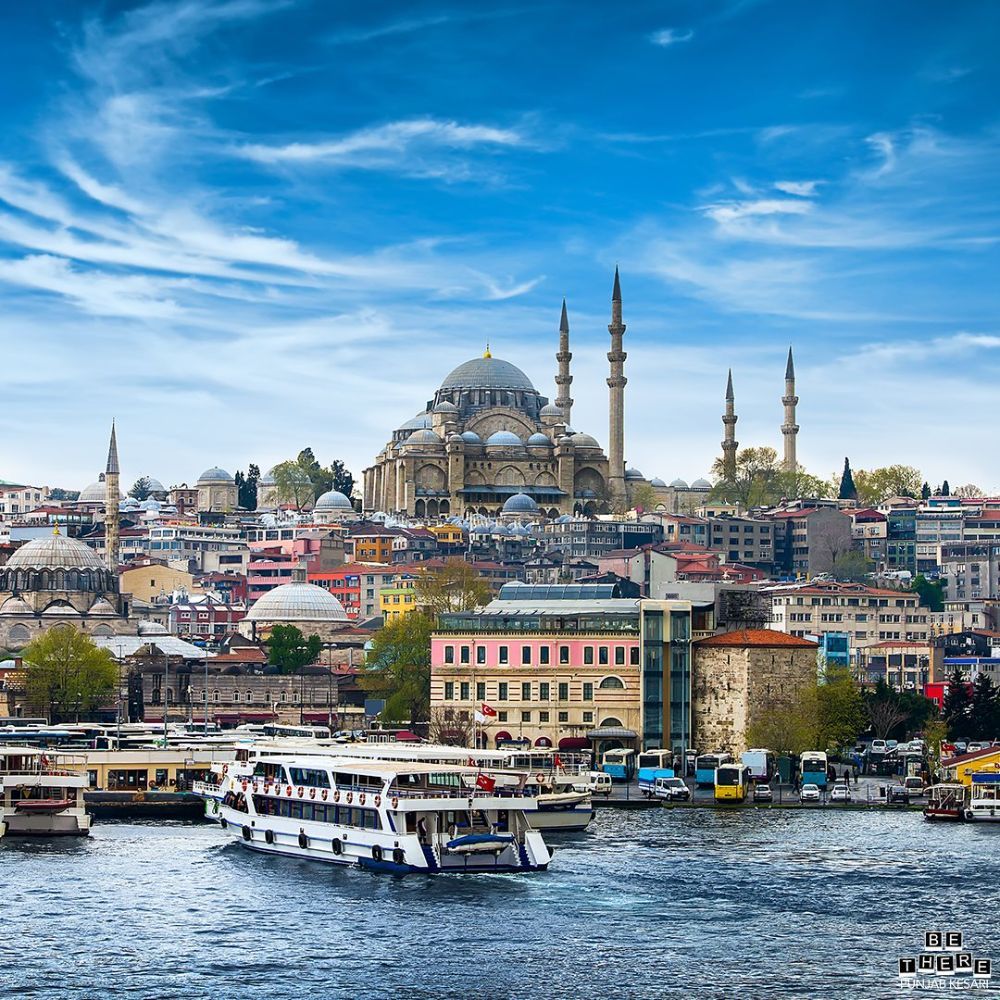
Only Russia boasts a higher population. So Turkey’s 1.1 trillion dollar economy has to be divided up between loads of people. All this means that Turkey’s average GDP per capita is incredibly low at just $15,666.
#8. Russia — GDP per Capita: $14,953
With the most natural resources of any country, Russia is the 11th strongest economy in the world. As for wages, well, you might earn a packet if you live and work in Moscow or Saint Petersburg, but remember, the world’s largest country stretches from Poland to Korea. Spanning both Europe and Asia, Russia’s vast expanse connects two continents, contributing to its rich cultural diversity and strategic importance on the global stage.
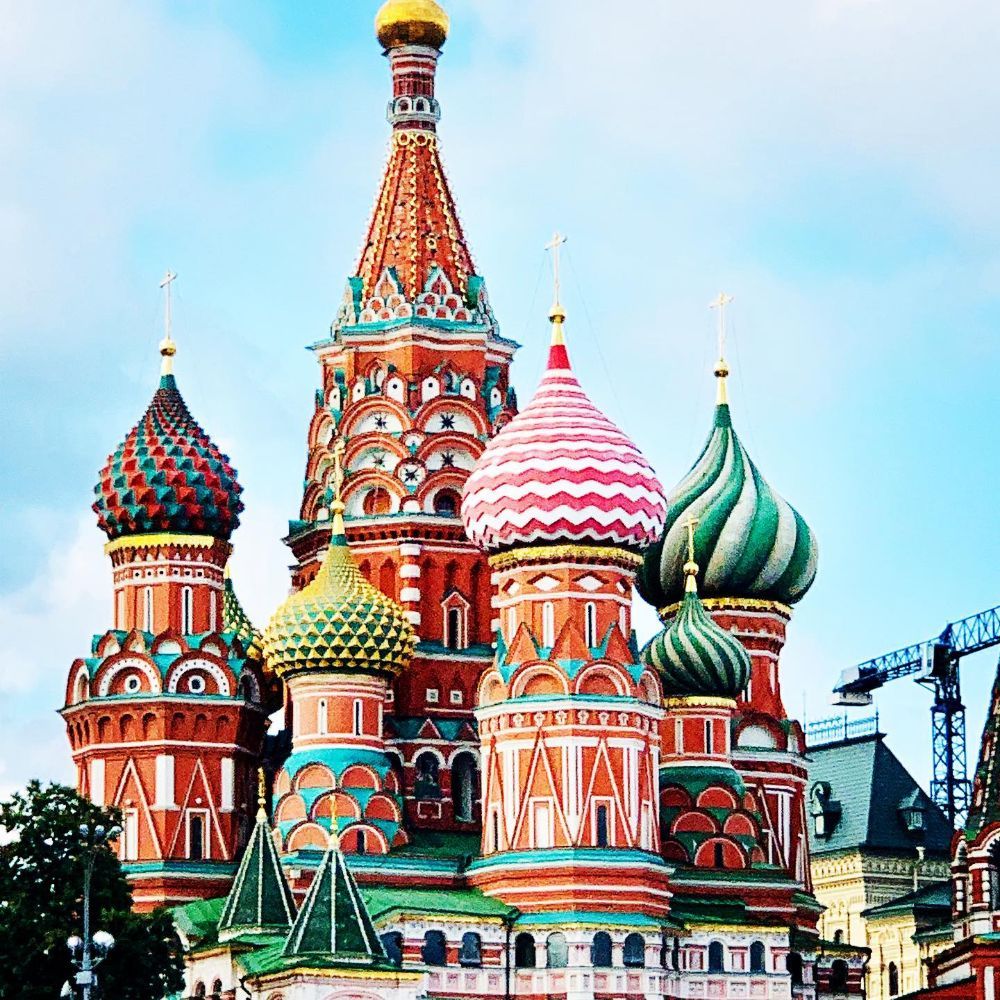
However, large portions of Russia lack roads and basic amenities, with many of its 144 million people living in conditions reminiscent of the 19th century. As a result, the average GDP per capita in Russia is just under $15,000 per year.
#7. Kazakhstan — GDP per Capita: $14,570
While most of Kazakhstan is located in Asia, a small portion is west of the Ural Mountains, so the country is considered Eastern Europe. Which explains why real European soccer teams have to fly thousands of miles to play Kazakh teams in the Champions League!
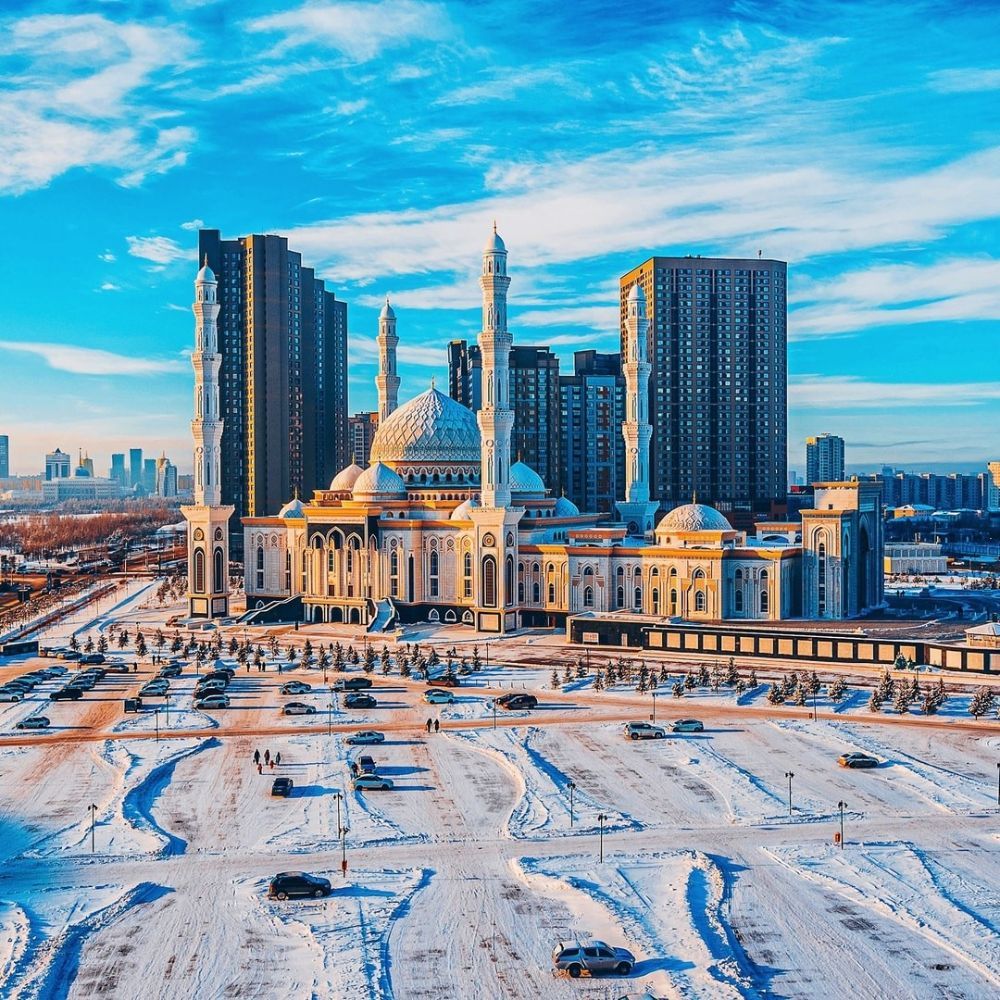
Kazakhstan is huge, and the money it makes from oil and gas is shared by a population of 20 million. Their GDP per capita is under $15,000, and there is a huge wealth gap between rich and poor.
#6. Montenegro — GDP per Capita: $12,802
The Balkan nations are still developing countries, which is why they have low GDPs per capita. The richest of the Balkan countries is Montenegro, which means black mountains. Famous for its Dinaric Alps, gorgeous medieval castles, rocky coastline, beautiful scenery, and music festivals, Montenegro is a paradise for tourists.
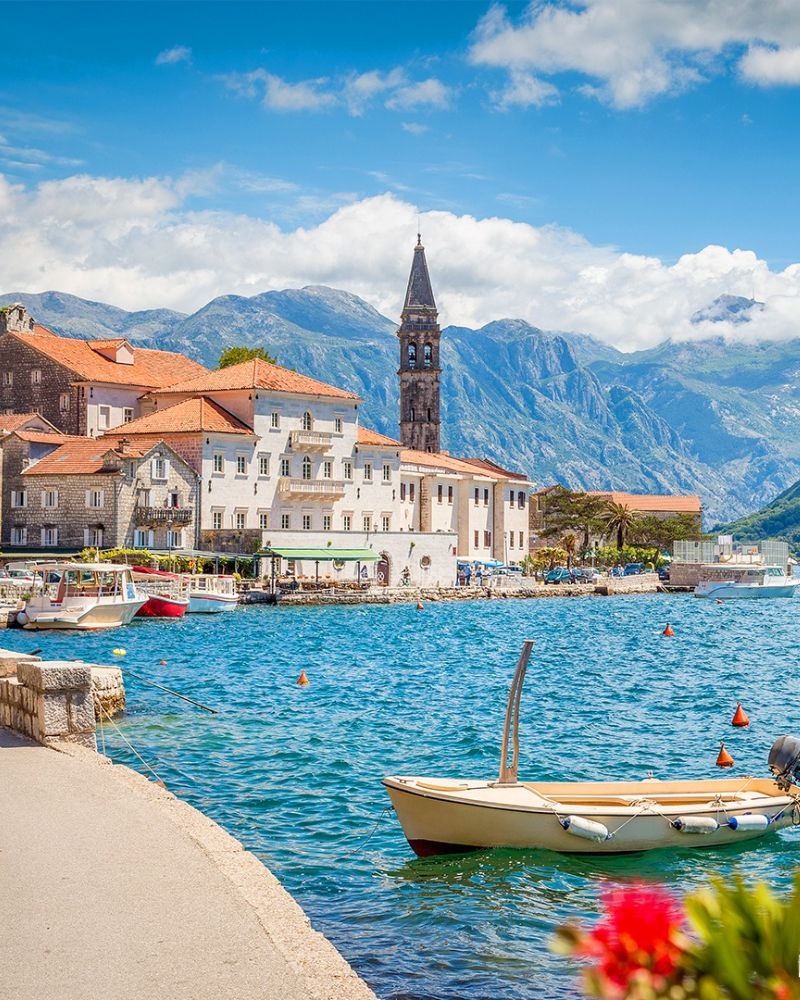
Most citizens work in the service sector, but the average Montenegrin is only worth $12,802 to the economy. The neighboring Balkan nation of Serbia comes just behind, on $12,514.
#5. Albania — GDP per Capita: $9,598
Another developing Balkan nation is Albania. Located on the Adriatic and Ionian coastlines, it’s warmer, sunnier, and more of a holiday destination for sun-seeking families. In fact, it’s right next door to Greece and literally a stone’s throw from Corfu, but miles cheaper. That’s because the GDP per capita is under $10,000 per year.
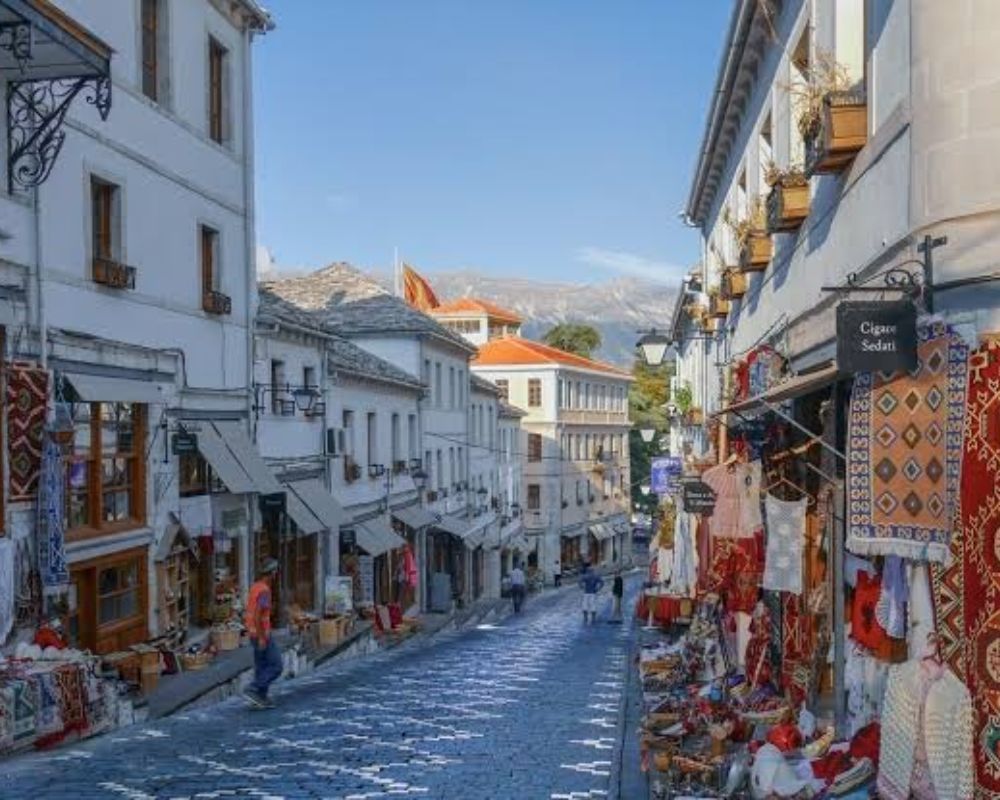
Albania’s neighbors in landlocked North Macedonia don’t have any beaches and less tourism, so they are worth even less to the economy at $8,659.
#4. Georgia — GDP per Capita: $8,883
Another developing nation is Georgia. Nestled at the crossroads of Europe and Asia, Georgia is known for its stunning mountain landscapes, ancient traditions, and burgeoning tourism industry. Visitors flock to its charming capital, Tbilisi, and the picturesque vineyards of Kakheti.
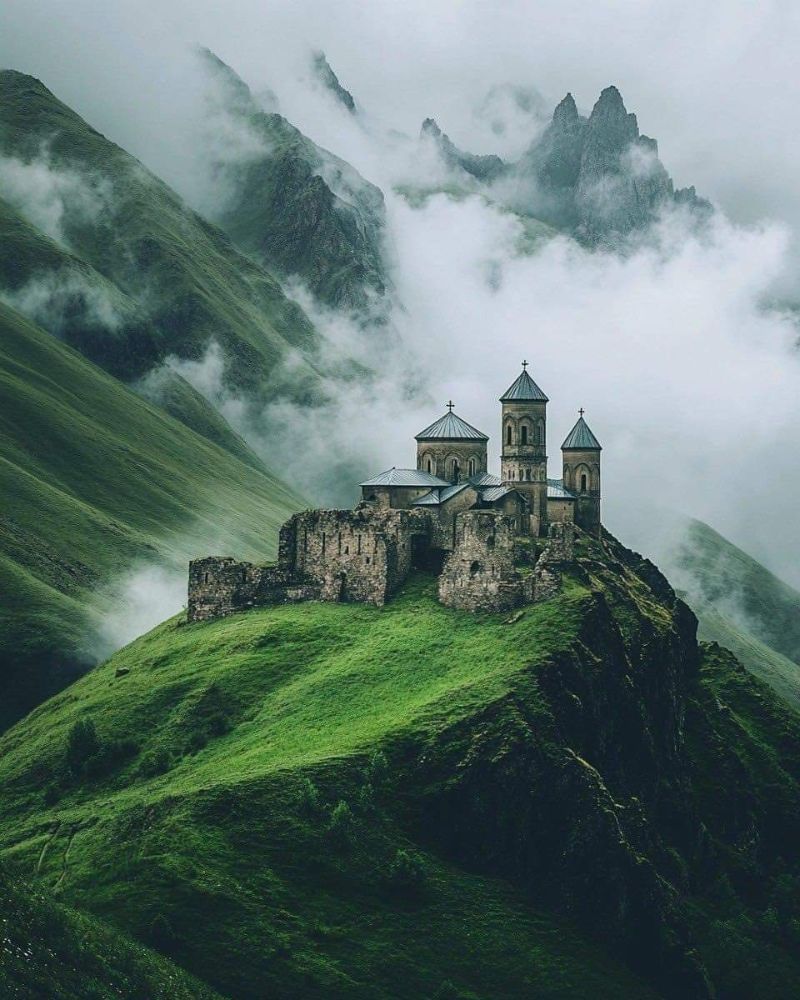
Facebook /// @Most Beautiful Places
This affordability is largely due to its GDP per capita, which is $8,883. Neighboring Armenians make even less money, with the average GDP per capita being $8,518.
#3. Belarus — GDP per Capita: $8,008
Skipping the similarly poor Bosnia and Herzegovina at $8,221, Belarus is one of the poorest countries in Europe, going by gross national product per capita. This low figure reflects its position as a developing economy.
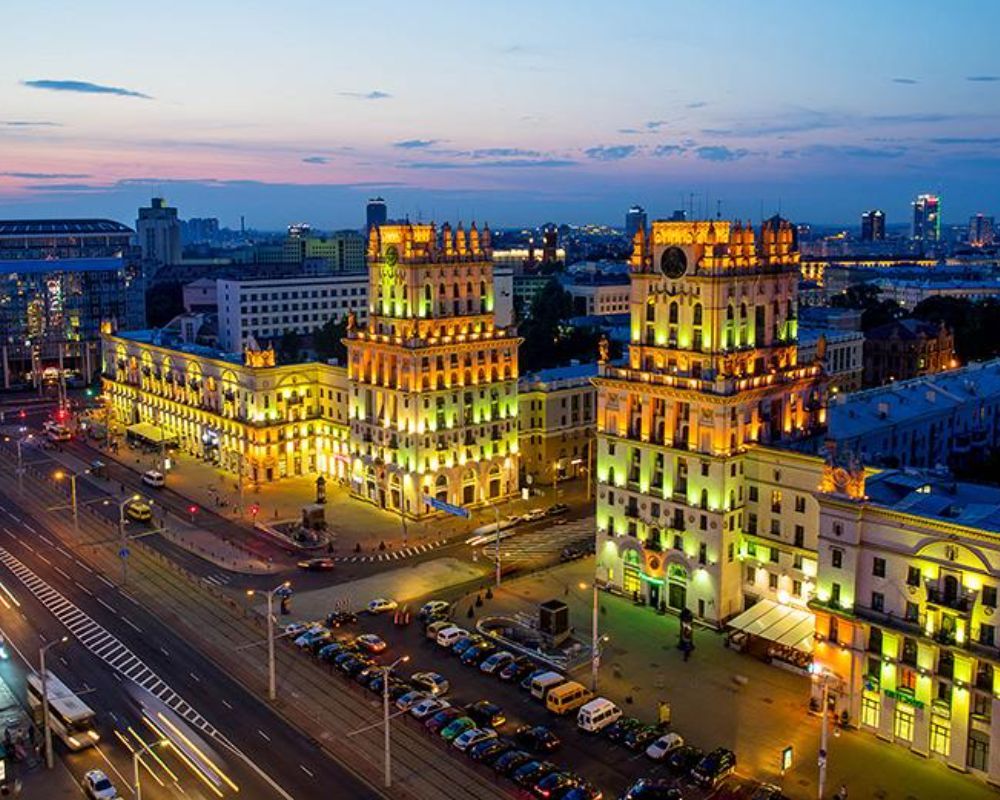
However, Bulgaria’s industrial, agricultural, and service-based sectors are on the up, followed closely by improving wages and improved living standards. If you thought Belarus’ GDP per capita was low, Moldova’s is even lower, coming in at just $7,368.
#2. Kosovo — GDP per Capita: $6,334
Landlocked Kosovo is nestled between Serbia, Montenegro, and Albania. It’s Europe’s second-poorest country, mainly thanks to The Kosovo War, which ripped the country in two in 1999. The war displaced many people, industries were destroyed, and some nations do not recognize its independence.
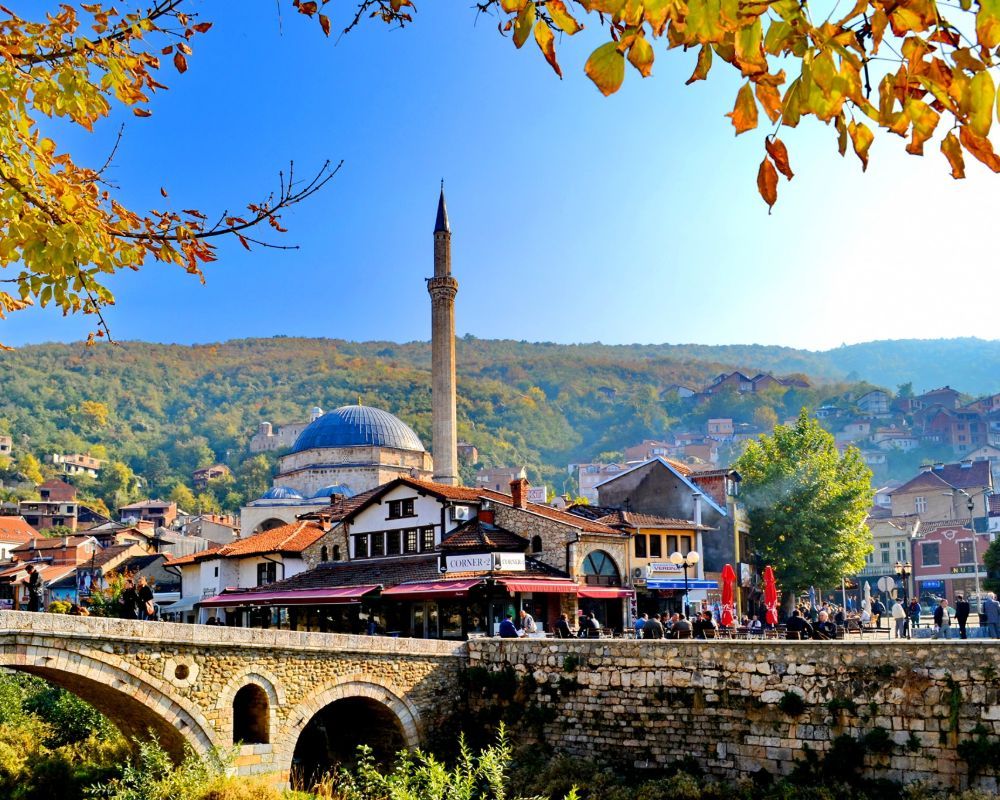
Facebook // Amazing Places to Travel
The country has never truly recovered. Youth unemployment at 50%, a weak infrastructure, bad transportation, and corruption have all contributed to Europe’s second-lowest GDP per Capita of $6,334.
#1. Ukraine — GDP per Capita: $5,505
The poorest country in Europe by a country mile is Ukraine. Even before Russia invaded, Ukraine had its problems. Following the dissolution of the Soviet Union in 1991, it faced hyperinflation, the collapse of industries, a lack of modernization, oligarchies, corruption, high debt, and weak institutions.
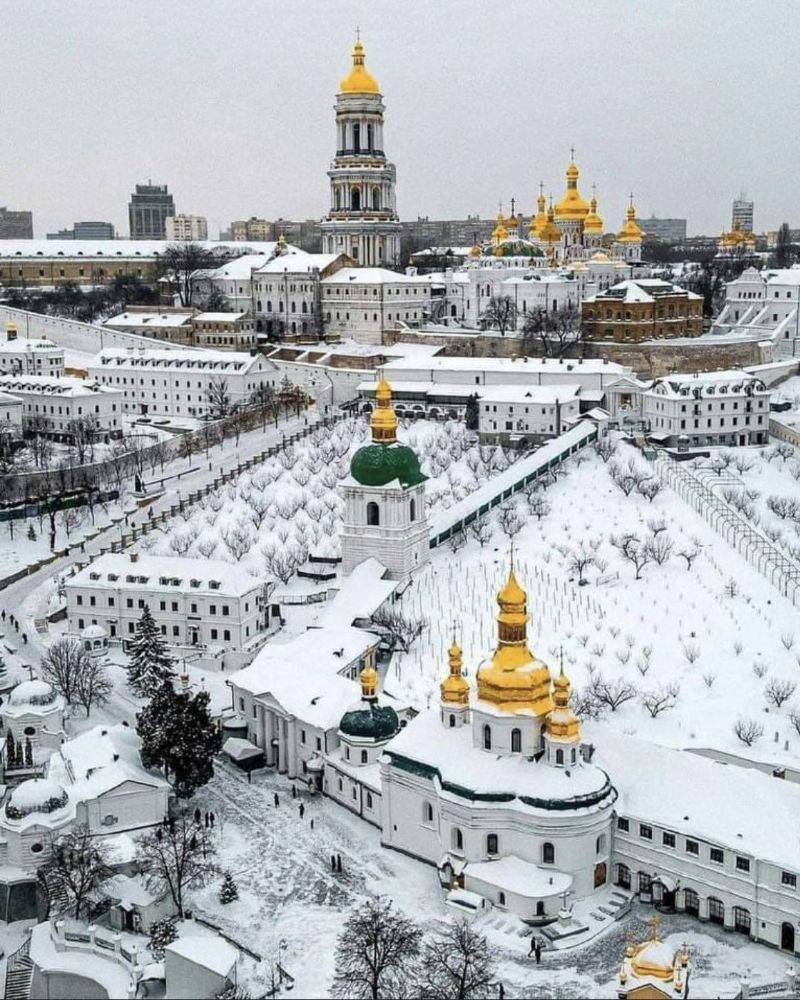
Facebook // Architecture & Design
All this upheaval led to a Brain Drain, with the brightest Ukrainians seeking new opportunities abroad. Factor in the recent invasion, and Ukraine’s overall wealth and GDP per capita has shrunk to new depths.